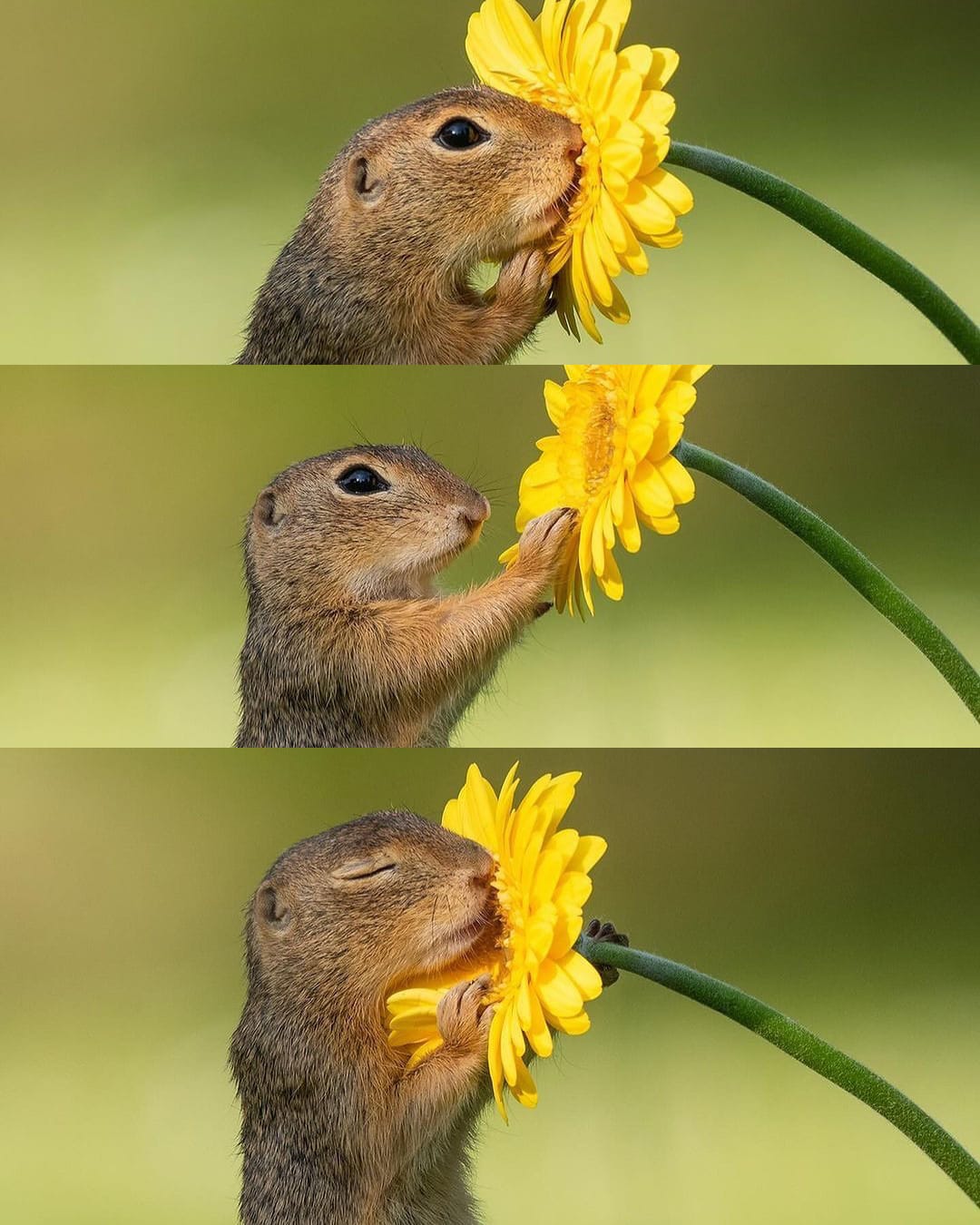I’m plenty old enough to know that each year, the return of spring is adorned with colour injecting life back into the muted landscapes of winter. It’s strange how easily I’m able to forget the vibrant potential of nature. Even in Autumn, though the palette is more tonal and complimentary, memories of myriad shades of oranges and reds are buried somewhere deep in my subconscious during summer. Out of sight out of mind and all that. This weekend, I went out without gloves on and for the first time, my hands weren’t cold! It’s happening! Little signs of spring have been sneaking up on us. Teasing us, perhaps. We’re not quite there yet and it would be predictable for ‘false’ spring to be playing a little trick. But if the weather turns colder again in March, every day minute by minute the sun set will be setting later and isn’t that a wonderful thing?
Little flowers in yellow, purple, and white can be found on nearly every patch of grass I walk by.
suggests in her book Enchantment that we should learn the names of plants and flowers, particularly if they evoke a reaction within us. By taking the time to better understand the world around us we strengthen our connection with nature, helping us to feel grounded and allowing inspiration to strike. Every spring I notice the flowers yet it’s only now I’ve paid them the attention they deserve.Crocus flowers start blooming in late winter, making them one of our earliest indicators of Spring. They come whispering into our lives as small bursts of colour persisting through the thawing earth. I love how they’re found in little clusters, communities huddling close together. Contrasted against the dullness of the ground I marvel at how their pigment is naturally occurring.
In Greek mythology, the legend of Crocus is what gave the flower its name. In one version of the story, Crocus was turned into the flower by the gods after a love affair with the nymph Smilax. Another version is that Crocus, a friend of Hermes, was killed accidentally in a discus game. As his blood seeped into the soil the flower was born.
I found that crocuses feature in many poems too. My favourite of which was by Emily Dickinson. This is a stanza from The Sleeping Flowers.
Hush! Epigea wakens!—
The crocus stirs her lids,
Rhodora's cheek is crimson, —
She's dreaming of the woods.
The poem details a dreamy personification of flowers, the circle of life and the passing of time. Flowers are symbolic of transitional states, which is particularly true of the Crocus.
Daffodils have also taken their cue to shine over the last few weeks. Unlike the crocus flowers I see in gatherings, the daffodils stand tall and resilient in their own right. Perhaps these are just the impatient few who couldn’t wait any longer, not dependent on the rest of the group to thrive.
I’ve seen parakeets dancing around each other, whooshing by in flashes of green. More than I’ve ever seen, especially in East London. Or maybe there were always this many parakeets and I haven’t been paying attention. Since developing a bond with the robin who came to my garden everyday for six weeks after my dad died, my attention towards birds has increased. I’m not particularly good with names. Maybe that’s not on my list after learning the names of plants and flowers. I read somewhere about an app that can pick out individual birds from a recording of their song, telling you every contributor to the harmony you’re hearing when you’re in the garden or on an early morning walk. Shazam for birds? There’s an app for that.
In Shaftesbury, Dorset, celebrations of spring are taken seriously. In February, the town hosts an entire festival dedicated to the snowdrop. Since 2012, hundreds of thousands of snowdrops have been planted in public green spaces and along pathways. Over two weeks you’ll find walks, markets, workshops, and even a lantern parade.
As a palette, pastels are synonymous with spring. But it is bright, bold yellow and vivid green that I picture in my mind. Defiant flowers and confident parakeets. Like the people of Shaftesbury, I want to find ways to honour spring. Learning the names of flowers feels like a good start, along with keeping eyes peeled for other little signs from Mother nature.




